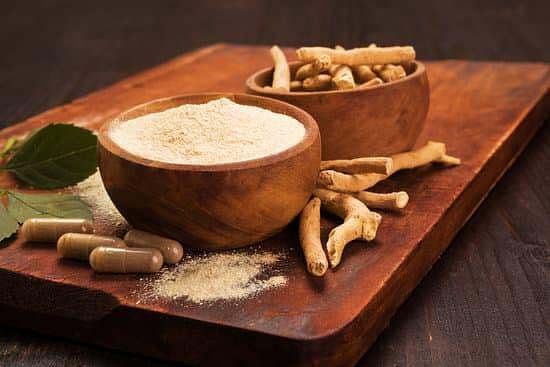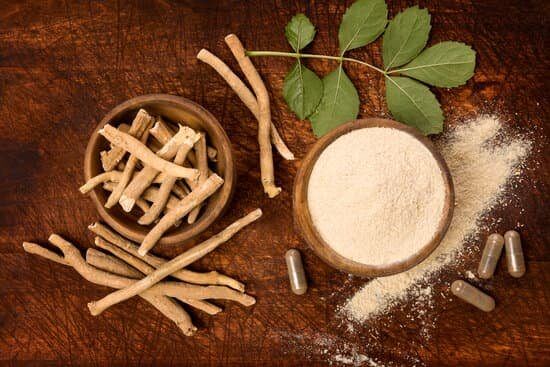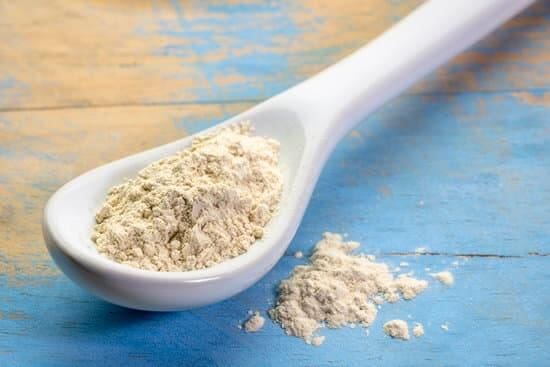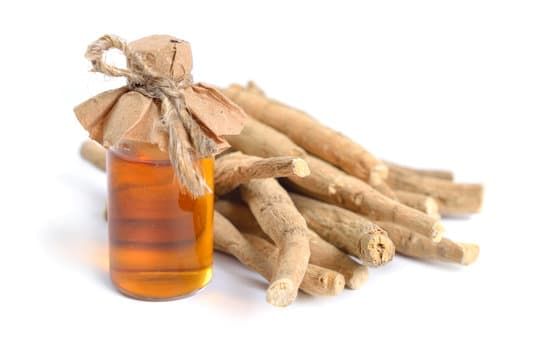Ashwagandha - The Ayurvedic Herb To Cure Many Problems
Ashwagandha, also known as Indian ginseng, is an Ayurvedic herb that can has many benefits. It reduces stress, treats erectile dysfunction and much more.

What is Ashwagandha?
Remember, how every winter our mothers would brew ashwagandha tea to boost immunity?Little did we know that this herb is an all in one solution to most of our health problems!
So let’s talk about ashwagandha and the origin of this herb. Ashwagandha is a naturally-occurring plant that is widely cultivated in India. It is a common drug used in Ayurveda medicine. It is a fruit-based plant that is cultivated and used as a medicinal herb in the field of Ayurveda. Its flowers, leaves, seeds, and roots have been used in Ayurveda for centuries for its medicinal and therapeutic properties.

Ashvagandha’s botanical name is Withania Somnifera but is widely known as Indian ginseng and winter cherry. The word ‘ashwagandha’ is used interchangeably to refer to both the plant and the medicinal herb that is derived from it. We don’t mean to gross you out but the word, “Ashwagandha” translates to ‘horse-like smell’ int Sanskrit.
The Benefits of Ashwagandha?
Ashwagandha is generally known to be an effective sedative (i.e. to induce sleep) but is also used as an adaptogen (relieves bodily stress) and a diuretic (intestinal relief). It is also used in dietary supplements to aid in sexual health, especially erectile dysfunction.
Ongoing clinical studies also point that ashwagandha helps in treating a variety of ailments such as skin diseases, arthritis, epilepsy, and male infertility, to name a few. Reports also suggest that it can lead to an increase in testosterone (the primary compound that drives sexual libido in men). Dietary supplements sold in India and other parts of the world use this specific property to promote ashwagandha as a natural medicine for sexual health improvement.
Although clinical studies about Ashwagandha are limited, there is still a widespread belief in its Ayurvedic properties. When consumed in small portions, it has a therapeutic effect on a variety of ailments.
According to the Memorial Sloan Kettering Cancer Center (MSKCC), the oldest private cancer treatment centre in the world, ashwagandha is known to have many proven benefits. These were recorded either via lab or animal tests:
- Anti-inflammatory effects of relaxing the central nervous system
- Supports a healthy immune system
- Pain relief
- Act as a stimulant against fatigue and sexual health ailments
- Its sleep-inducing properties
- Aphrodisiacal properties (promotes sexual health)

Other than these benefits, ashwagandha can also cause a variety of side-effects in humans. Some of these are drowsiness, constipation, and hyperactivity. In any case, it is recommended that ashwagandha should be administered or consumed only after multiple medical opinions and realization of possible harm. However, small portions (such as through vitality capsules) are widely administered by doctors in India, mainly for the treatment of fatigue and loss of appetite.
In any case, it is recommended that ashwagandha should be administered or consumed only after multiple medical opinions and realization of possible harm. However, small portions (such as through vitality capsules) are widely administered by doctors in India, mainly for the treatment of fatigue and loss of appetite.
Another essential benefit of ashwagandha is its ability to cure erectile dysfunction (ED). As reported before by Man Matters, it is a great natural driver against ED as it aids in improving sleep, fighting fatigue, and increasing sexual libido.
Availability of Ashwagandha – Types and Forms
The medicinal herb is available to purchase in a variety of forms. Some of the most common types are listed below.
Ashwagandha Vitality Tablets
Usually available in the form of tablets (or capsules) as an over-the-counter (OTC) drug, this is the most convenient way to consume ashwagandha. A lot of FDA- and FSSAI-approved tablets are available in the market today. They help in maintaining strength, aid sexual drive, and promote overall immunity. In India, ashwagandha tablets are the most common type.
Organic Ashwagandha (Roots,Seeds, Plants)

Organic ashwagandha is usually in powder form (blended roots) which is taken with water or warm milk. Honey, ghee, and sugarcane juice are also used as additions. Make sure you follow recipe instructions carefully before consuming.
Ashwagandha Chocolate
This is another popular form in which the Ayurvedic herb is sold. It is a mixture of cocoa and ashwagandha, among other ingredients like milk and sugar. It is popular amongst all age types and is preferred by those who do not like the mild taste and smell of the herb.Ginseng chocolate is for those who do not like the smell and taste of ashwagandha. It can be a great alternative to tablets and tonics.
Ashwagandha Tea
This is a simple homemade concoction of ginseng powder, hot water, and honey. This is consumed for better vitality and sexual health. Sometimes, cardamom is also added to the mix to improve its taste.

Ashwagandha In Liquid Form
Although rare, ashwagandha can also be consumed by diluting it into a glass of hot water. This is similar to the tea recipe mentioned above.
Despite the unavailability of clinical reports, popularity and case-by-case evidence show that use of ashwagandha in small portions can be a boon. Its medicinal properties and centuries of usage in Ayurveda further confirm its impact on immunity, body strength, and sexual health.With ongoing studies finding its usage in the treatment of cancer and other deadly diseases, it is evident that ashwagandha has medicinal qualities that might be a solution to some of your problems.
References
- Sitanshu Verma & Ajay Kumar, September 2011; Therapeutic uses of Withania Somnifera Omnifera (Ashwagndha) with a note on LWithanolides and its Pharma Logical Actions- Synthesis and Pharmacological Screening of novel 1,5-benzothiazepines (innovareacademics.in)
- Kamal Patel, March 2021; Ashwagandha- Ashwagandha Research Breakdown | Examine.com
- L C Mishra, B B Singh, S Dagenais; August 2000, Scientific basis for the therapeutic use of Withania somnifera (ashwagandha): a review- Scientific basis for the therapeutic use of Withania somnifera (ashwagandha): a review - PubMed (nih.gov)

